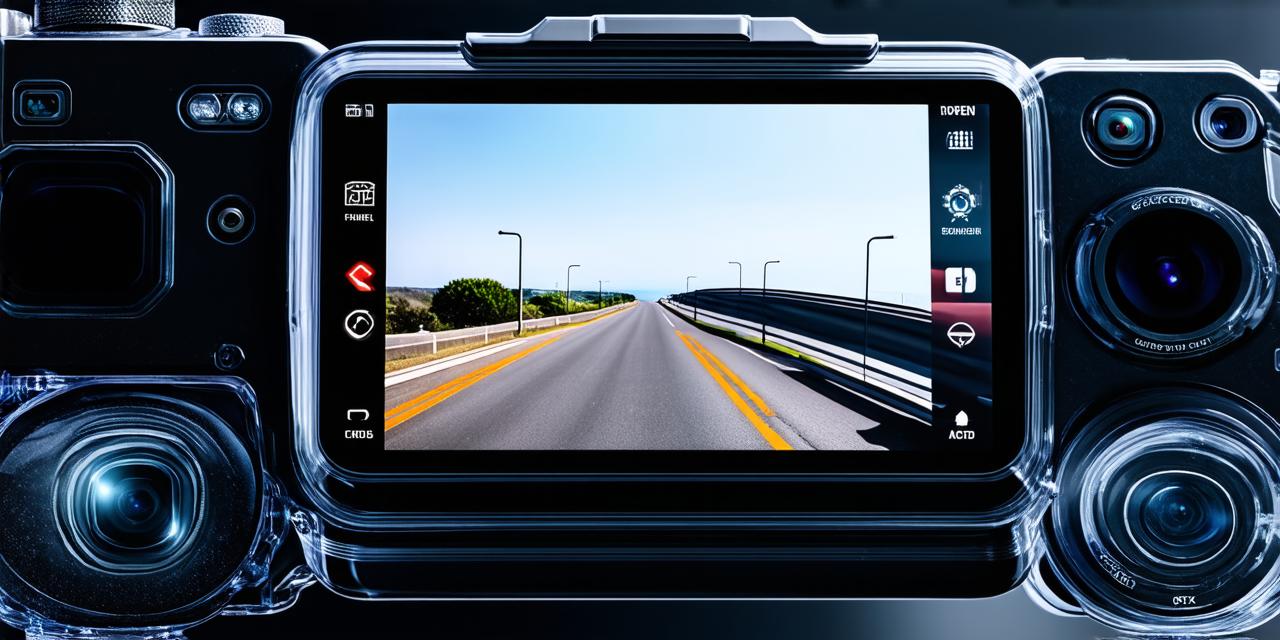The world of technology is constantly evolving, and one of the latest trends emerging in the industry is augmented reality (AR). AR technology allows users to overlay digital elements onto their real-world surroundings, creating an interactive and immersive experience. In this article, we will explore the various aspects of AR technology, including its benefits, different types of devices that use it, and the best device for AR based on specific applications or use cases.
What is Augmented Reality Technology?
Augmented reality (AR) technology is an emerging trend in the world of digital innovation. AR technology enhances our real-world surroundings with digital elements, creating a seamless and interactive experience. This allows users to see the world in new and exciting ways, making it ideal for use in various industries such as education, entertainment, healthcare, and more.
Benefits of Augmented Reality Technology
- Enhances learning and engagement: AR technology can make learning more interactive and engaging, allowing students to explore and interact with complex concepts in a more meaningful way. This can lead to better retention of information and improved performance in exams.
- Improves decision making: AR technology can help businesses make better decisions by providing real-time information and insights that can be used to improve operations, enhance customer experiences, and drive innovation. For instance, AR technology can be used in retail to track inventory levels and optimize product placement, leading to increased sales and profitability.
- Increases safety and efficiency: AR technology can be used to enhance safety by providing real-time information about potential hazards or risks in the workplace. It can also increase efficiency by streamlining processes and reducing waste. For example, AR technology can be used in manufacturing to track production lines and optimize workflow, leading to reduced downtime and increased productivity.
- Improves communication: AR technology can improve communication by enabling users to interact with digital elements and share information more easily. This can help businesses collaborate more effectively, and individuals communicate more clearly and efficiently. For instance, AR technology can be used in architecture and construction to visualize and share designs, leading to fewer misunderstandings and errors.
- Enhances customer experience: AR technology can enhance the customer experience by providing personalized and interactive experiences. For example, AR technology can be used in tourism and hospitality to provide virtual tours of hotels or museums, or in retail to enable customers to try on clothes virtually before making a purchase.

Which Devices Use Augmented Reality Technology?
There are several devices that use augmented reality (AR) technology, including:
- Smartphones and Tablets
- Smart Glasses
- Head-Mounted Displays (HMDs)
2. Smart Glasses
Smart glasses devices such as Google Glass or Vuforia enable users to interact with digital elements while wearing the glasses. This can be useful in industries such as retail, manufacturing, and healthcare, where workers need to keep their hands free but still have access to important information. For example, a worker in a warehouse can use smart glasses to scan barcodes and see real-time inventory levels without having to look down at a computer screen.
3. Head-Mounted Displays (HMDs)
Head-mounted displays (HMDs) such as the Oculus Rift or HTC Vive provide a fully immersive AR experience, allowing users to see digital elements in their surroundings while blocking out the real world. This can be useful in gaming and entertainment, where users want to fully immerse themselves in a virtual environment. For example, the Oculus Rift is used by gamers to explore virtual worlds and engage with digital characters.
Beschäftigung:
Best Device for Augmented Reality Technology Based on Specific Applications or Use Cases
The best device for augmented reality technology depends on the specific application or use case. For example, if you are looking to use AR in gaming or entertainment, a head-mounted display (HMD) such as the Oculus Rift or HTC Vive would be the best option. These devices provide a fully immersive experience and are designed specifically for gaming and entertainment applications.
If you are looking to use AR in education or healthcare, a smartphone or tablet with an AR app such as Pokémon Go or Snapchat Lens would be a good option. These devices are portable and easily accessible, making them ideal for on-the-go learning and training.
If you are looking to use AR in retail or manufacturing, a smart glasses device such as Google Glass or Vuforia would be the best option. These devices enable real-time information about inventory levels, product placement, and workflow, leading to increased sales and profitability.
In conclusion, augmented reality technology has the potential to revolutionize various industries by enhancing our real-world surroundings with digital elements, creating an interactive and immersive experience. Whether you are using AR for gaming, education, healthcare, retail, or manufacturing, there is a device that is perfect for your needs.
